How Large Is The Mosul Dam?
Below is a picture taken from a satellite of the Mosul dam along with the surrounding water that is contained within the reservoir.
Source: GoogleMaps
The Mosul dam is located in northern Iraq as shown on the map taken from the 'Wikipedia' page about the Mosul dam below:
Source: Wikipedia -- city of Mosul
The city of Mosul can be seen in the picture below taken from the 'Wikipedia' page about Mosul:
Source: Wikipedia -- Mosul dam
According to the 'Wikipedia' page for the city of Mosul, the Tigris River is adjacent to the city (on the west bank). The population of Mosul is approximately 2.5 million people. The city is the second largest in Iraq and considered to be one of the largest northern commercial cities. Over the course of history, problems have been emerging with the wall of the Mosul dam as highlighted in the excerpt below:
The earthen embankment dam is located on top of gypsum, a soft mineral which dissolves in contact with water. Continuous maintenance is required to plug, or "grout", new leaks with a liquefied slurry of cement and other additives.[8] More than 50,000 tonnes (49,000 long tons; 55,000 short tons) of material have been injected into the dam since leaks began forming shortly after the reservoir was filled in 1986, and 24 machines currently continuously pump grout into the dam base. A September 2006 report by the United States Army Corps of Engineers noted, "In terms of internal erosion potential of the foundation, Mosul Dam is the most dangerous dam in the world." The report further outlined a worst-case scenario, in which a sudden collapse of the dam would flood Mosul under 65 feet (20 m) of water and Baghdad, a city of 7 million, to 15 feet (4.6 m), with an estimated death toll of 500,000.[9]
In an article written in 2014 on the website 'The Guardian' titled "Water Supply Key To Outcome Of Conflicts In Iraq and Syria, Experts Warn" the importance of having control over the Mosul dam cannot be overstated. If an extremist group such as ISIS were to take control over the Mosul dam, that would be strategic in controlling resources:
“It is already being used as an instrument of war by all sides. One could claim that controlling water resources in Iraq is even more important than controlling the oil refineries, especially in summer. Control of the water supply is fundamentally important. Cut it off and you create great sanitation and health crises,” he said
Isis now controls the Samarra barrage west of Baghdad on the River Tigris and areas around the giant Mosul Dam, higher up on the same river. Because much of Kurdistan depends on the dam, it is strongly defended by Kurdish peshmerga forces and is unlikely to fall without a fierce fight, says Machowski.
A 'bust' or 'break' in the dam wall would be catastrophic. The Iraqi people have been working against such a happening. Although, now, according to news sources, the situation is becoming worse. Furthermore, the threat to the city of Mosul and the surrounding area (Iraqi citizens who live outside of Mosul) who depend on the water for various purposes, should be concerned.
How much water is in the Mosul Dam?
In the excerpt taken from the 'Wikipedia' page for the Mosul dam, the estimates of a break would be a huge disaster. Nearly 500,000 people would be dead. The city of Mosul is estimated to be under 65 feet of water. Another article that was recently sent to me from the website 'Lab Equipment' confirmed the same statistic (65 feet under water) from the 2006 study. Reading this statistic, one cannot help but wonder the following question:
How much water does the Mosul dam hold?
According to 'Wikipedia' the answer is around 11,100,000,000 cubic meters -- when full. WOW. That is a large amount of water. Do you believe me (the reader -- you)? How about if the number is converted to be expressed in gallons? Lets find out through dimensional analysis. First, we should adjust that value to be more representative of the actual 'active capacity.' According the the 'Wikipedia page' for the Mosul dam above, the 'active capacity' for the dam is closer to 8,100,000,000 cubic meters -- even though the 'total capacity is 11,100,000,000 cubic meters. Below I show the conversion from units expressed in cubic meters to units expressed in gallons:
Wow! Can you imagine taking part of the job of building the dam? Must have been quite an amazing job to be part of. That amount of water is enormous. Of course, entertaining large numbers on this blog post is getting to somewhat 'routine' -- which is good. Think of the volume of water in the Brazil mining spill. The amount of water stored in the Mosul dam is 132 times the amount stored in the mine dam in Brazil. Wow! Now that we have the enormous amount of water stored in the reservoir for water and/or utility generation purposes, the next question can be asked which is the subject of the blog post:
If the Mosul dam were to break, would the amount of water stored be enough to cover the city of Mosul in 65 feet of water?
In order to answer the question, the following values need to be calculated: 1) Area (length multiplied by width) of Mosul and 2) the volume of such a rectangular box that contains the amount of water in question. I was amazed when I first heard the statistic for the following reason. The reason is simply that between the city of Mosul and the dam -- their is a distance of 35 miles.
Depending on the geography and topology, the water might go different directs rather than just accumulate downstream in the city of Mosul. Therefore, the missing (among others) piece of information in the above article describing the break and the fallout calculated by the U.S. Army Core of Engineers must include the topology of the area. The water must accumulate in the city (downstream) of Mosul in the event of a break.
With these two 'pieces' of information unknown, we can still proceed with the calculation in question by a couple of approximations. First, the geography needs to be assessed to gather the area of the city of Mosul. According to GoogleMaps, the city of Mosul is shown below:
As you can see, I took the liberty to overlay a marker through the length of the city of Mosul -- which turns out to be 11.82 miles in magnitude. The shaded area of the city can be ROUGHLY approximated to be a rectangle. That is, in order to calculate an area of rectangle, the length and width must be known. The width is shown in another picture of the city of Mosul below by GoogleMaps:
The width of the city of Mosul (according to my picture above) is 9.15 miles. With these two values in hand, there is only one value needed to figure out the volume of a rectangular box -- the height. From the article above, the height is the amount of water that the city of Mosul is proposed to be under (speculation) in the event of a dam break. That height is equal to 65 feet. The volume can be viewed below:
The rectangular coordinates given above match those from the GoogleMaps above for the city of Mosul. To determine the volume of a rectangular box, the equation for the volume is needed -- which is shown below:
In order to determine the volume, we just need to 'plug and chug'. 'Plug and chug' is a phrase used to execute the calculation by plugging in the values and being persistent (chugging) to determine the solution to the problem. In the current example, the equation is quite simple. Although, when you keep pursuing science -- sometimes the equations can get very complex. Further, sometimes so complex that a computer is needed to arrive at a solution.
Lets finish determining the volume with the values above:
With the volume of the city of Mosul determined, we can determine if the volume of water contained in the Mosul dam is enough to fill the solution (volume of city of Mosul). First, we need to convert the volume of water in the Mosul dam to a value expressed in units of 'cubic feet'. The calculation is shown below:
We can directly compare the two volumes now as shown below:
The volume of water required to fill the city of Mosul to a depth of 65 feet is only 66% of the total 'active capacity' (active volume) held in the Mosul dam. Wow! That is mind blowing. Each of the potential parameters (sewage, water, power, etc.) cited above in the 'Guardian' make sense. Especially, after performing the above calculations which cast the reported statistics into perspective. The Mosul dam is an important player in the current conflict in Iraq. The stakes are high and the fall out is extremely huge.
Conclusion
The real destruction comes as a result of the years without proper water, sewage, and the ability to desalinate the water from the Tigris River. Further, the destruction of the infrastructure as has been shown in Brazil where a massive amount of water rushes through a city or town and literally wipes out all of the infrastructure. The ability to rebuild would be diminished without proper resources, some of which are derived from the utility of having running or access to water resources.
That being said, the amount of destruction has been estimated and agreed upon by the United States of America and Iraq. Next needed is the ability to produce a solution that is viable and worth pursuing that is quick and sustainable -- two words which generally do not belong in the same sentence (quick, sustainable).
With all of the discussion surround the rain here in California and the drought, I would hope that a plan emerges in Iraq that is sustainable and attainable. Because, once the dam breaks, the water will flood Mosul and run off into the Persian Gulf. Which at that point, the water is no longer of use to the communities -- upstream or upriver from the ocean. The amount of resources needed to bring the water back into the city to rebuild would be insurmountable. The city might just languish -- pure speculation there (which equates to no value).
The amount of water involved in the discussion above is similar to other statistics seen on this blog post over the last couple of months. Lets make a change and make use of the water with the intention of writing a future post (in the form of a success of use) story with regard to its use. Until then, have a great day!
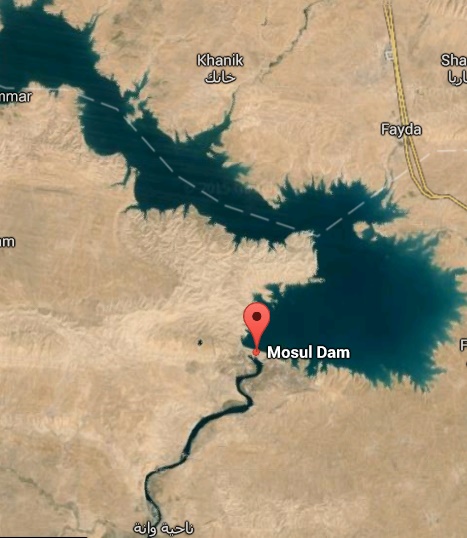


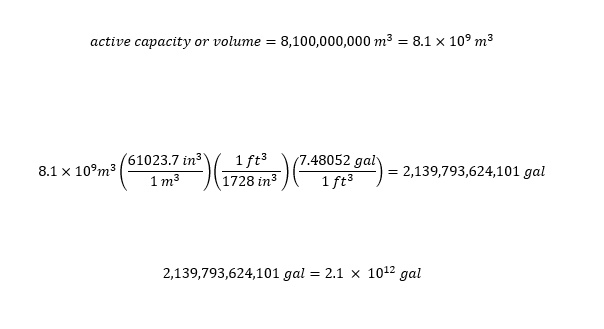

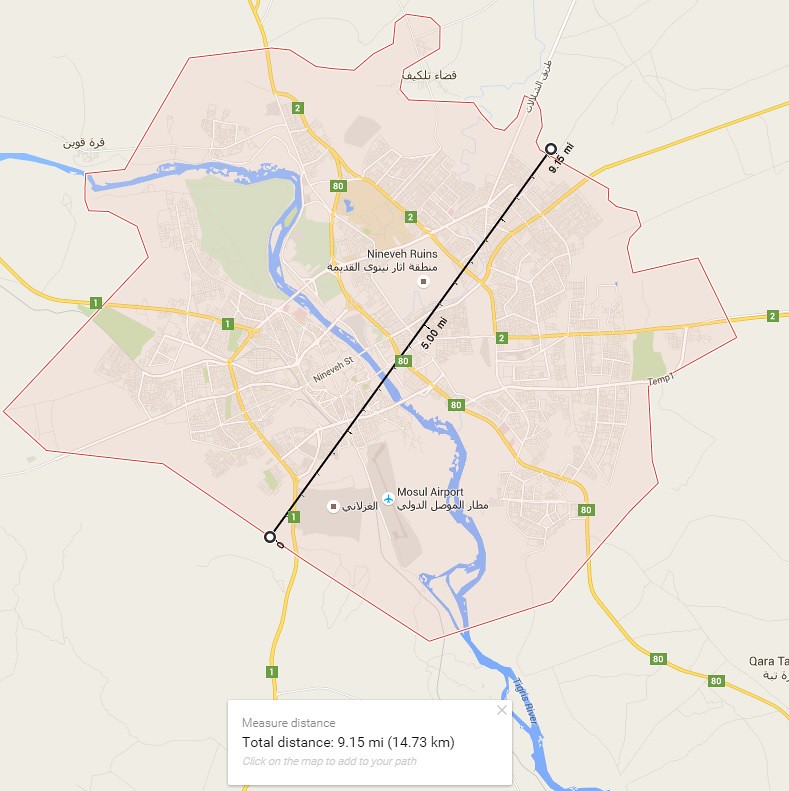
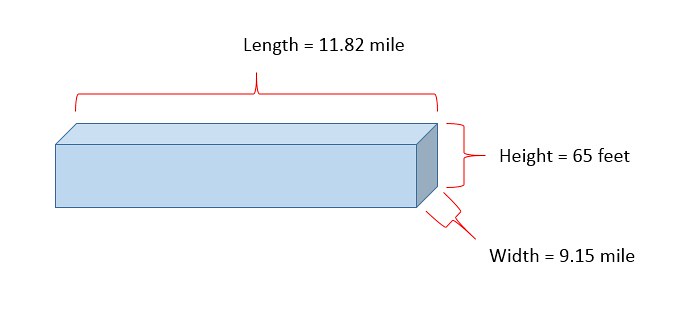

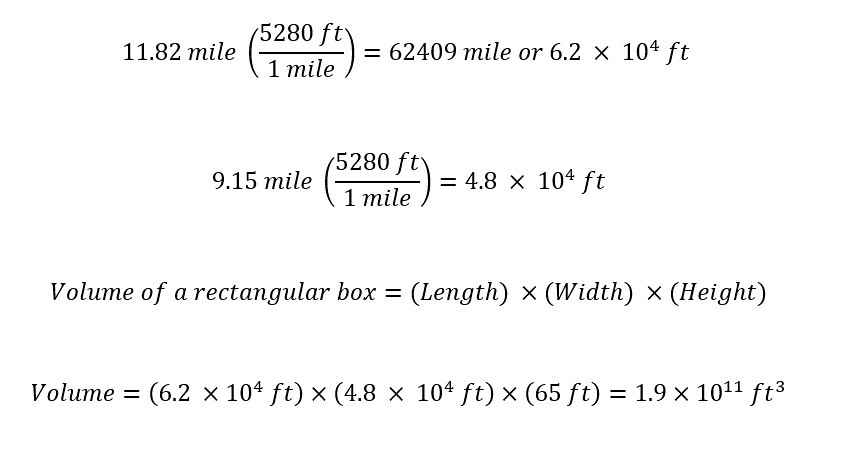


No comments:
Post a Comment